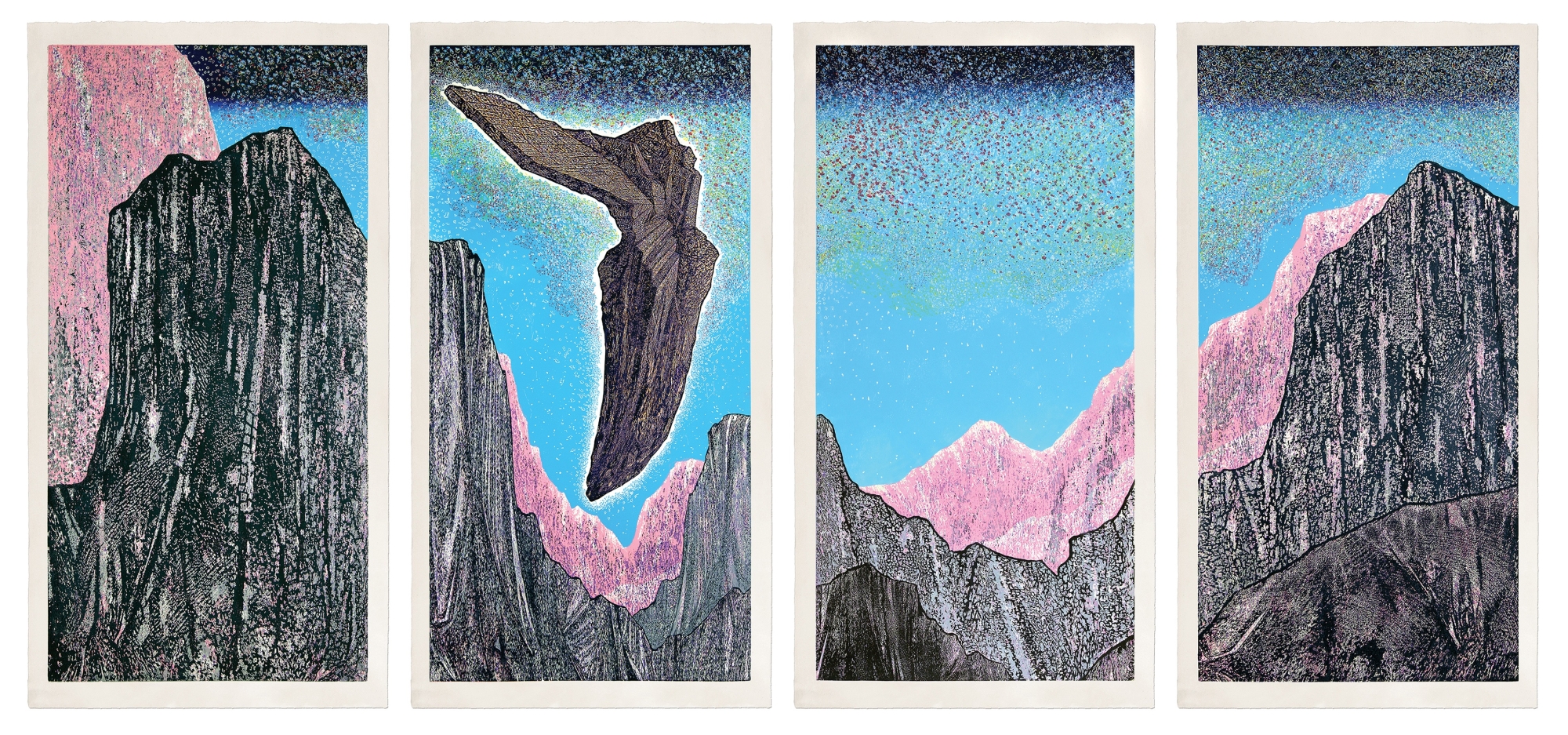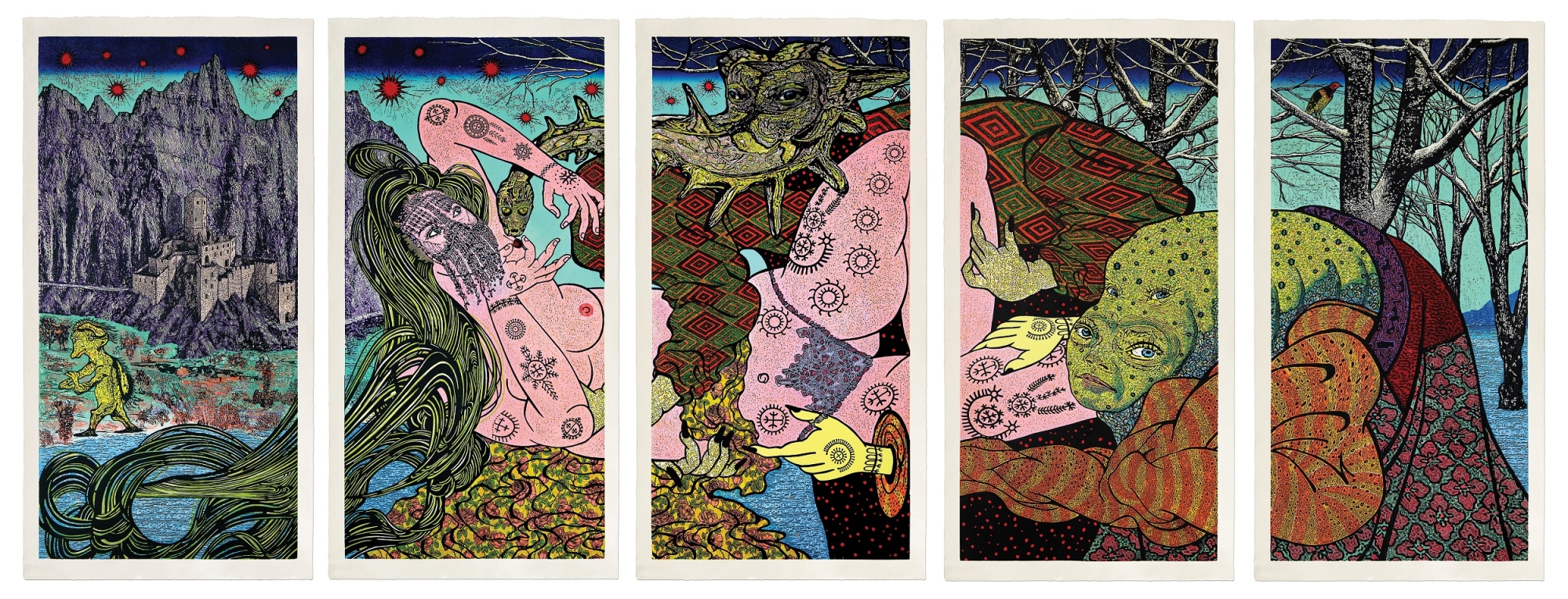Endi Poskovic
Endi Poskovic
PRIZE WINNER – FIRST PLACE $1,000 CASH PRIZE WINNER
Born in Sarajevo, Bosnia and Herzegovina, Endi Poskovic was educated in Yugoslavia, Norway and the United States. He studied music from an early age and during the 1980s performed folklore music of Western Balkans at festivals throughout Europe and the Middle East. During 1990-1991 academic year, Poskovic studied in Norway on a Norwegian Government sponsored Minnefindet Scholarship. From Norway, he moved to the United States to study at the State University of New York at Buffalo, where he completed his M.F.A. in 1993.
Poskovic is the recipient of grants and fellowships from the Guggenheim Memorial Foundation, Rockefeller Foundation, Bellagio Center Italy, Fulbright Senior Research Fellowship to Poland, Pollock-Krasner Foundation, Camargo Foundation, France, Open Studio Toronto, Canada, Indiana Arts Commission, Art Matters Foundation, New York State Arts Council, Durfee Foundation, Flemish Ministry of Culture, Bemis Center for Contemporary Art, McColl Center for Visual Arts, Can Serrat Art Center in Spain, MacDowell Colony, Virginia Center for the Creative Arts, Kala Art Institute, Valparaiso Foundation in Spain, and the Norwegian Government.
Poskovic’s works have been exhibited worldwide in international biennials and triennials including Shanghai Print Biennial, China, Bienal de Caixanova, Spain, Taichung Biennial, Taiwan, Print in the Post-Print Biennial at China Academy of Art, China, Krakow Triennial, Poland, la Biennale d'Estampe Contemporaine de Trois-Rivières, Canada, Egyptian Triennial, Egypt, Deutsche Triennale-Frechen, Germany, Tallinn Triennial, Estonia, Xylon Triennale, France, Warsaw Impact Biennale, Poland, and the New Prints Series at the International Print Center New York. Comprehensive solo exhibitions of his work have been organized by Philadelphia Print Center (2001), Plains Art Museum (2001), Des Moines Art Center (2006), Bemis Center for Contemporary Art (2007), Interlochen Arts Academy Dow Center for the Arts (2008), Frans Masereel Centrum in Belgium, which traveled to Stad Leuven Conservatorium and Academie voor Beeldende Kunst, Ghent (2009), SUNY-Fredonia Rockefeller Arts Center (2014), Tidaholm Konstlitografiska Museet, Sweden (2015), and Changsha Yu Xiang Art Center in China (2017).
His works are represented in the permanent public collections of the Philadelphia Museum of Art, Detroit Institute of the Arts, Fogg Art Museum-Harvard University, National Taiwan Museum of Fine Arts, New Orleans Museum of Art, Royal Antwerp Museum of Fine Arts, Centre National des Arts Plastiques Cairo, University of Iowa Stanley Museum of Art, Des Moines Art Center, Tampa Museum of Fine Arts, Vaasa Ostrobothnian Museum, Finland, Musée d'Art Contemporain Fernet Branca-Saint-Louis, France, Jincheon Museum in South Korea and others.
Poskovic is Professor at the University of Michigan Stamps School of Art and Design.
Primavera & Dream
Primavera: Hagar and the Angels in the Wilderness belongs to the Dream series produced between 2017 and 2022. A series of allegorical tales, Dream evokes a sense of mystery through the visible, with thematic iconography hovering between reality and illusion. My goal in this series is to expand the boundaries of storytelling and visualization to allow for a new narrative. In Primavera, I retell the story of Hagar from the Book of Genesis in order to reflect upon hardship, anguish, and the reclamation of one’s identity. In Genesis 16, we are told that Hagar, an Egyptian slave woman, was the handmaid of Abraham’s wife Sarah and his surrogate second wife. As the mother of Abraham’s first son Ishmael, Hagar is an important figure within the Abrahamic religions: Judaism, Christianity, and Islam. Departing from the Western-European painting tradition of depicting Hagar and Ishmael wandering in the wilderness, I imagine instead the moment when Hagar is about to give birth at the water well. While the appearance of the angels may at first be unsettling, there is a nobleness about them as they support a determined and poised Hagar in her moment of vulnerability, bringing both mystery and serenity to the scene.
My current research, a visual project Dream, is the culmination of my ongoing traversal between the analog and digital realms in printmedia, a body of work seeking to visually stretch the boundaries of visual image via translation, multiplicity, and seriality. Dream is a personal tale of discovery, a sort of roman à clef of displacement and my faith in a certain orthodoxy and potency of visual image revealed via printmaking. Dream reflects broadly on a way of life unafflicted by temporality yet devastated by the turbulent events in the country of my birth, Yugoslavia, some three decades ago. Via Dream, I seek to explore a range of eventualities, from hybridized narratives to unexpected scenarios suggested through the representation of recognizable imagery. For example, the depictions of rocks, clouds, wind in Dream are at once recognizable and yet still abstract. Such images can evoke a sense of place and time and suggest memory and displacement.












































